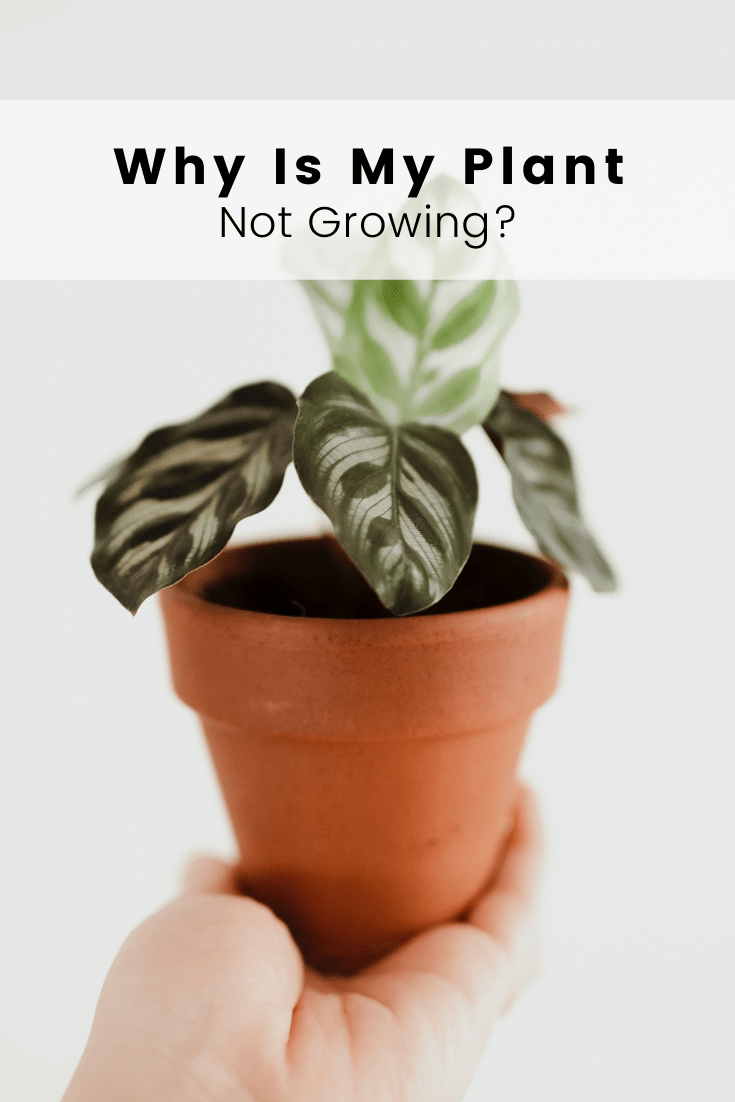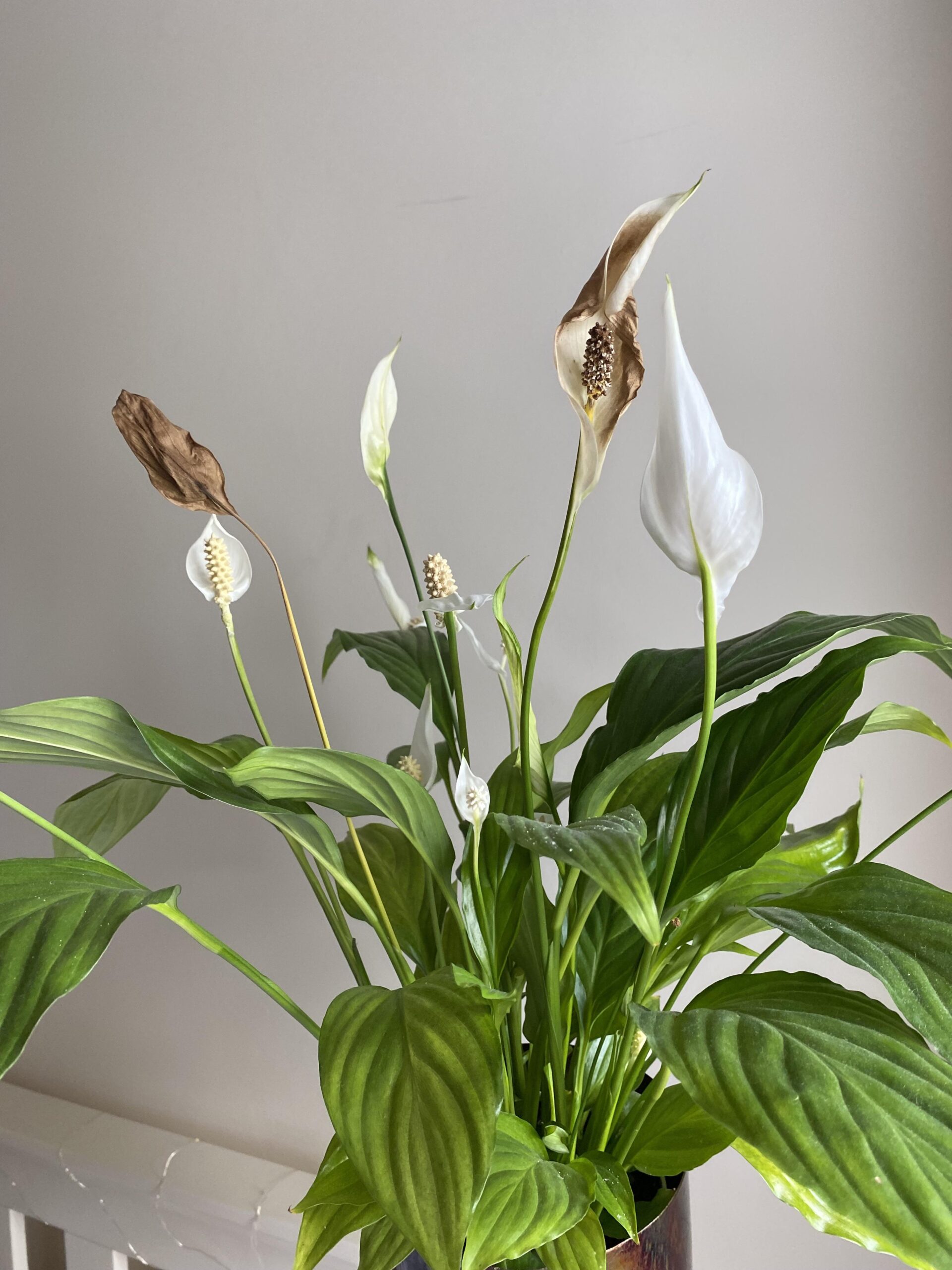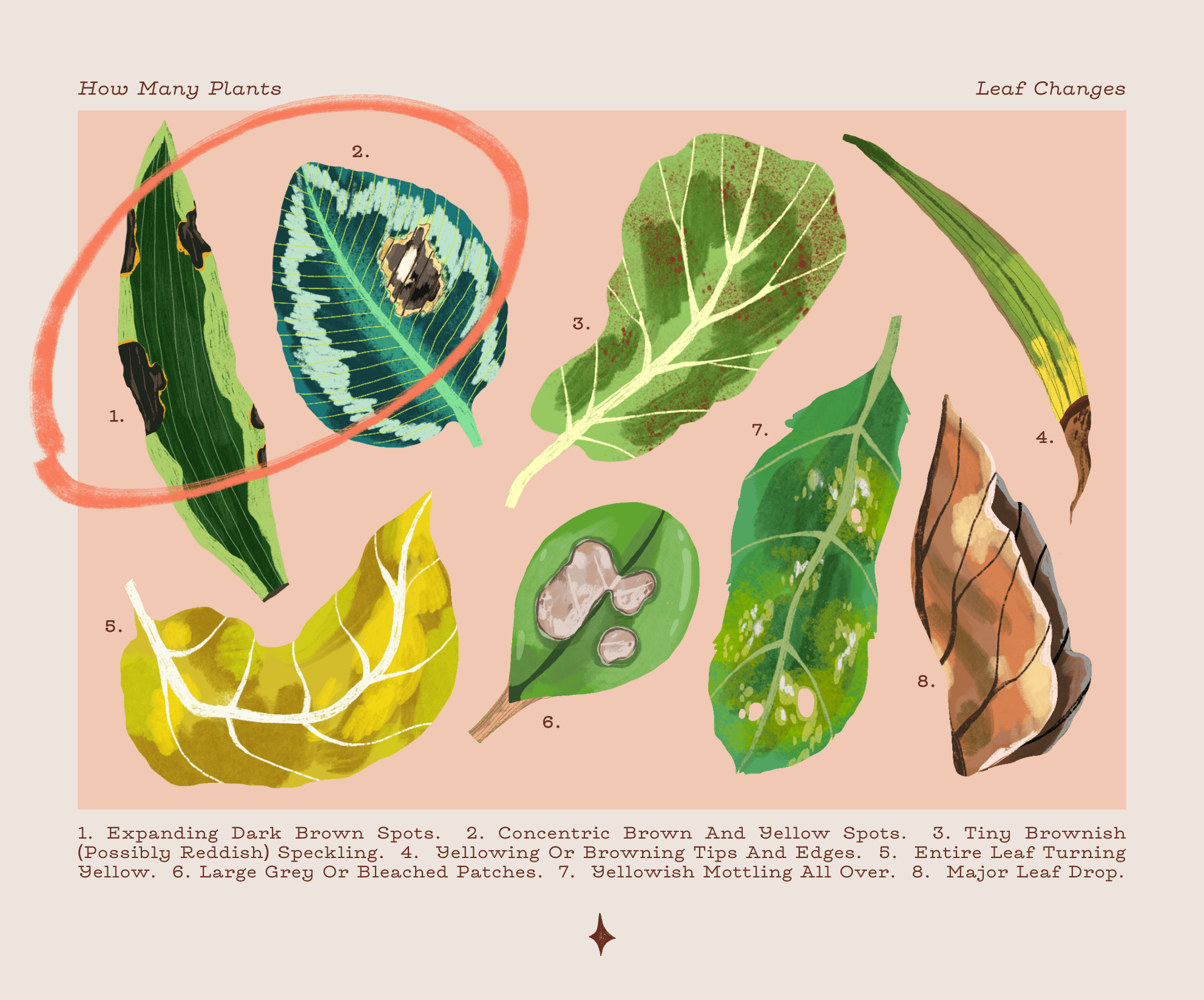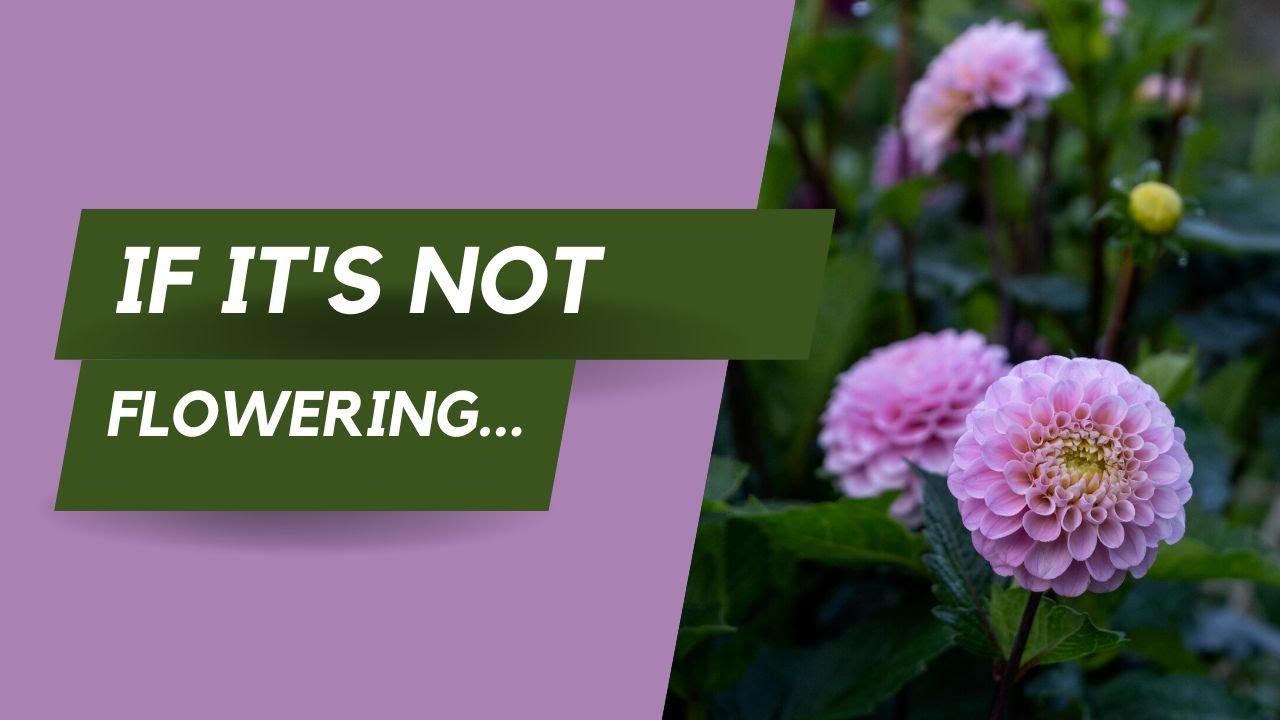How to Fix a Plant That Has Stopped Growing
It’s always disheartening when you notice that your beloved plant has stopped growing. Whether it’s a lush green houseplant or a beautiful flower in your garden, seeing stunted growth can be frustrating. But fear not, there are several simple steps you can take to help revive your plant and get it back on track to flourishing. Here are some tips on how to fix a plant that has stopped growing:
1. Check the Roots
One of the most common reasons for a plant to stop growing is root bound conditions. Check the roots of your plant and see if they are tightly packed together in the pot. If so, gently loosen the roots and repot the plant in a larger container with fresh soil. This will give the roots more room to grow and absorb nutrients, allowing the plant to resume its growth.
2. Assess Light and Water Requirements
Plants require proper light and water to thrive. Check if your plant is receiving adequate sunlight or if it is being exposed to too much direct sunlight, which can cause stunted growth. Similarly, make sure you are watering your plant correctly – not too much or too little. Adjust the lighting and watering schedule accordingly to meet the specific needs of your plant.
3. Feed Your Plant
Plants need nutrients to grow. If your plant has stopped growing, it may be lacking essential nutrients. Consider feeding your plant with a balanced fertilizer to provide it with the necessary nutrients for healthy growth. Be sure to follow the instructions on the fertilizer package to avoid overfeeding, which can also stunt growth.
4. Prune and Trim
Overgrown or damaged leaves and stems can hinder a plant’s growth. Prune and trim your plant regularly to remove dead or yellowing leaves, damaged stems, or overcrowded branches. This will not only improve the plant’s appearance but also stimulate new growth and encourage healthy development.
5. Monitor for Pests and Diseases
Pests and diseases can attack a plant and cause it to stop growing. Keep a close eye on your plant for any signs of pest infestation or disease. Common symptoms include yellowing leaves, brown spots, wilting, or webbing on leaves. If you spot any issues, take prompt action to address the problem and prevent further damage to your plant.
6. Give Your Plant Some TLC
Lastly, show your plant some love and care. Spend time nurturing your plant, talking to it, and checking on it regularly. Plants respond well to care and attention, so by giving your plant some TLC, you can help it recover and resume its growth. Remember, a little love goes a long way in helping your plant thrive!
In Conclusion
Fixing a plant that has stopped growing may require some patience and effort, but with the right care and attention, you can help your plant bounce back and thrive once again. By following these simple steps and staying observant of your plant’s needs, you can help it overcome any obstacles and continue to flourish. Remember, every plant deserves a chance to grow and bloom, so don’t give up on your plant just yet!



